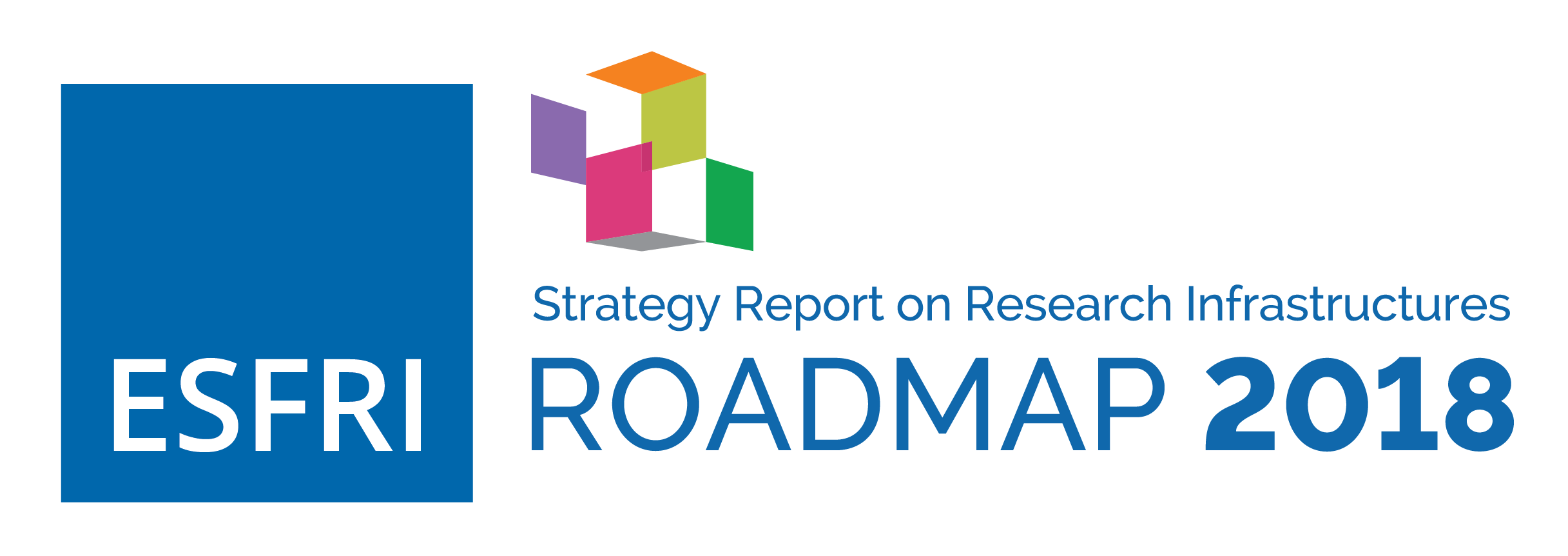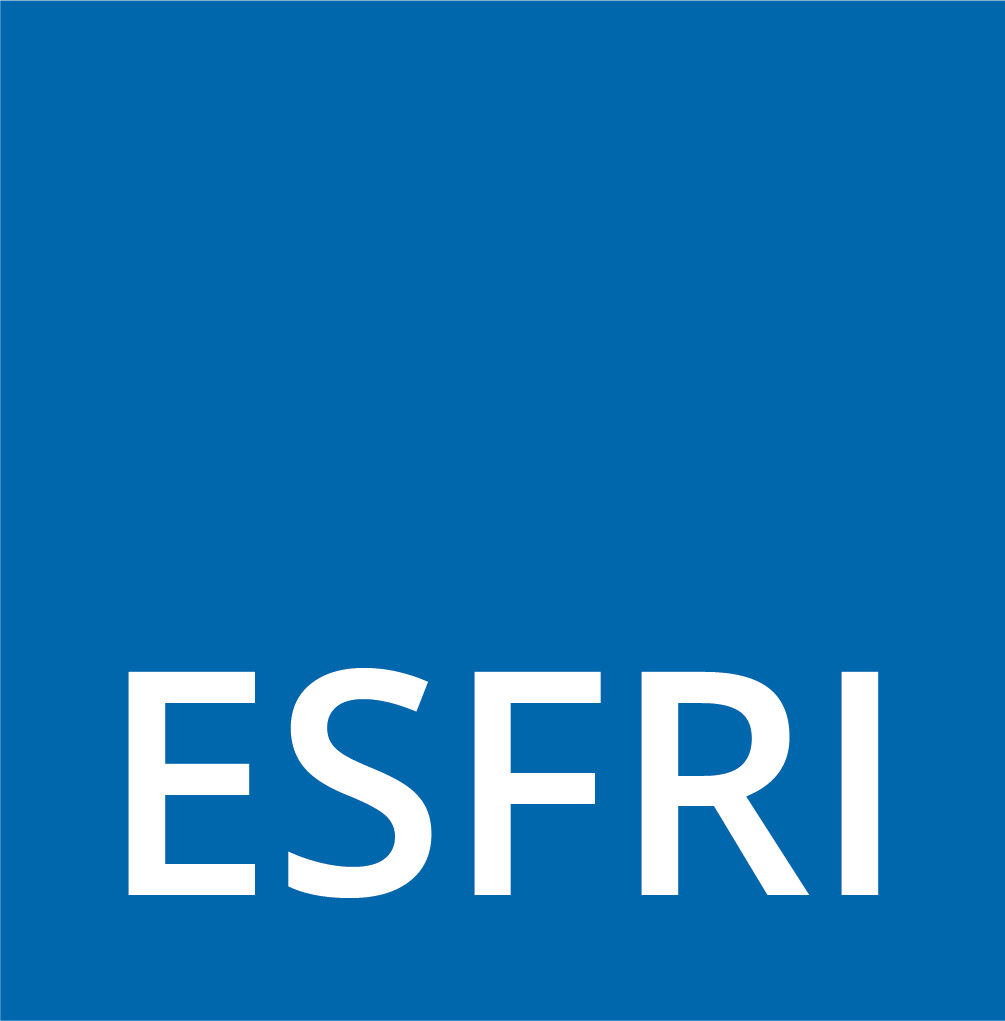Global Dimension
European competitiveness in research is strengthened by RIs with prominent role in the global landscape. The long tradition of Physics RIs sees Europe as a global player in the High Energy Particle (HEP) and ion/ nuclear research with colliders, in the detection of all the cosmic messengers – Electro Magnetic radiation, High Energy Astroparticles, Neutrinos, Gravitational Waves – and in the Analytical RIs and extreme optical pulse sources. But globalization is a need and an opportunity in all other fields of research, from solid Earth, ocean and atmosphere observation to H&F, SCI, ENE and DIGIT domains.
Promotion of global consortia of advanced facilities and novel Global Research Infrastructures (GRIs) are needed to enhance the role of European RIs and science in the global context. The Group of Group of Senior Officials (GSO)Group of Senior Officials (GSO) on global Research Infrastructures https://ec.europa.eu/research/infrastructures/index.cfm?pg=gso has defined a framework for GRIs and the considered case studies have already involved ESFRI RIs and other leading European research facilities.
Global cooperation on RIs is strategic to Europe for maintaining leadership in standardization of data protocols and the sharing of best practices all over the world. The role of electronic infrastructures is central on this playground. The electronic infrastructures providing services to global RIs like the ESFRI Landmarks SKA, HL-LHC, EURO-ARGO ERIC, and ELIXIR ensure the opening of these infrastructures to the world fostering cooperation between European RI and other international world class RIs. Developing a staff exchange programme at the global level, including the organisation of thematic courses and workshops for staff managing and operating Research Infrastructures, is largely facilitated by the electronic platforms available via electronic Infrastructures.
In the SCI domain the context of globalisation implies that public authorities and companies have a vital need to better knowand understand cultural diversity. It is essential to analyse factors of social cohesion, economic development and well-being, by looking at the roles and forms that risk acceptance or risk avoidance take. Of particular importance will be those RIs that support the understanding of the driving forces that can enable our society to offer a better framework for integration, to fight inequality and to promote social and economic development. It is important to go beyond Europe because much can be learned from sharing data, best practices and know-how, in addition to ensuring harmonization and interoperability. All of the existing ESFRI Landmarks in the SCI domain have a policy for international collaboration and partnership.
The ESFRI Landmark CESSDA ERIC has a close cooperation with the Inter University Consortium for Political and Social Research in the US and with relevant institutions in India, Japan and Australia and South Africa among others. The ESFRI Landmark ESS ERIC has informal collaborative links with a number of global research programs such as the International Social Survey Program (ISSP)International Social Survey Program (ISSP) http://w.issp.org/menu-top/home, EurobarometerEUROBAROMETER http://ec.europa.eu/commfrontoffice/publicopinion/index.cfm, AfroBarometerAFROBAROMETER http://afrobarometer.org, Comparative Survey of Electoral Systems (CSES)Comparative Survey of Electoral Systems (CSES) http://www.cses.org, East Asian Social Survey (EASS)East Asian Social Survey (EASS) http://www.eassda.org/modules/doc/index.php?doc=introGallup World PollGallup World Poll http://www.gallup.com/home.aspx, EU-SILCEU-SILC http://ec.europa.eu/eurostat/web/microdata/europeanunion-statistics-on-income-and-living-conditions, LatinobarómetroLATINOBAREMETRO http://www.latinobarometro.org/lat.jsp, World Values Survey (WVS)World Values Survey (WVS) http://www.worldvaluessurvey.org/wvs.jsp and the EU Household Budget Surveys (HBS)Household Budget Surveys (HBS) http://ec.europa.eu/eurostat/web/household-budget-surveys. The ESFRI Landmark SHARE ERIC has a long-standing cooperation with the United States sister survey Health and Retirement Study sponsored by the National Institute of Ageing which is also providing funding to SHARE. Further sister surveys exist in China, Korea, Japan, India, Mexico and Brazil. In terms of users the US is ranked second – after Germany – in the user statistics of the SHARE data, which is also a strong proof of the international impact. The ESFRI Landmark CLARIN ERIC is actively becoming more global. Across the world, there is an obvious need for access to data for cross-lingual and cross-cultural research, and collaborative research can only be fruitful if researchers have access to the same data and tools and are prepared to share them. At present CLARIN is actively discussing partnership with South Africa, it is exploring possibilities with other African languages, and Arabic speaking countries. In the US, Carnegie Mellon University has a recognised CLARIN centre, and they are now beginning to create a US consortium for CLARIN relations. There are links to other networks and actors in North and South America and Japan. CLARIN collaborates with the RDA. The ESFRI Landmark DARIAH ERIC participates to the creation of sustainable platforms for Digital Humanities, from the US Bamboo project (2008-2012) to the Australian Humanities Network Infrastructure HuNi. DARIAH ERIC together with CLARIN ERIC and Bamboo established in 2009 the international CHAIN initiative (Coalition of Humanities and Arts Infrastructures and Networks). The DARIAH node in Italy, co-organised in 2014 events and meetings around the theme of Fostering Transatlantic Dialogue on Digital Heritage and EU Research Infrastructures which were held at the Library of Congress in Washington DC. There have been expressions of interest from Israel, Canada and Australia, regarding the possibility of DARIAH Membership. Data and resources of other current and former projects should be interlinked for open access and interoperability, as in the case of the Digital Preservation of Cultural Heritage, funded under FP7 or projects of the Societal Challenge 6.
The ENV domain is of global dimension by nature and close collaborations on Earth system research are already established worldwide. Few ENV RIs – the ESFRI Landmarks EPOS and IAGOS – are already listed as candidate Global Research Infrastructures by the GSO. Global cooperation on RIs is strategic to Europe for maintaining leadership in environmental research on UN Sustainable Development GoalsSustainable Development Goals https://sustainabledevelopment.un.org/sdgs– i.e. the ESFRI Landmarks EURO-ARGO ERIC and ICOS ERIC – as well as standardization of data protocols and the sharing of best practices all over the world. ENV RIs play also a crucial role in developing areas in the world, as ICOS ERIC which is supporting the development of a climate and greenhouse gas observation system in Africa.
The cluster of ENV RIs (ENVRI) is working on positioning the ENV RIs in the global playing field through its presence in GEO, various international fora, participating in projects to enhance global collaboration (COOP+, GLOBIS-B) and the AGU conference for instance.
In fields like H&F, the opportunities generated by global RIs for the worldwide scientific communities are crucial to address the global challenges of the area. Global impact of the ERA emphasises the role of H&F RIs in providing a sustainable worldclass quality infrastructure environment and services to serve the H&F research community and to assist in attracting top scientists and collaborations worldwide from public research as well as industry. RIs like the ESFRI Landmark ELIXIR and the ESFRI Landmark BBMRI ERIC have been proposed to the GSO list of potential GRIs that indicates those RIs who seek interest by other RIs to coordinate with or other Countries to participate. The ESFRI Landmark INFRAFRONTIER is an important partner of the International Mouse Phenotyping Consortium (IMPC), which aims at creating a comprehensive catalogue of mammalian gene functions, this was a Case Study of GSO, considered to be in an advanced status of development. H&F RIs have established numerous connections internationally, e.g. the ESFRI Landmark EATRIS ERIC established links with NIH, USA; the ESFRI Landmark INSTRUCT ERIC continues developing relationships with China, Brazil, Argentina and India. The European Virus Archive (EVA), including the ESFRI Landmark ERINHA partners, has been very visible at international level on the occasion of the Ebola outbreak. The ESFRI Landmark Euro-BioImaging is part of the Global BioImaging Project, which will follow-up on the existing collaboration agreements with Australia and India and reach out to new international partners in North and South America, Africa and Asia to develop a sustainable network of collaborating imaging infrastructures. The ESFRI Landmark ECRIN ERIC has collaborations with Japan, Brazil and USA. EMPHASIS is part of the International Plant Phenotyping Network. IPPN supports the development of concepts and technologies in plant phenotyping through interactions between major phenotyping centres in 17 countries.
Opening the global dimension in the ENE domain is – implicitly or explicitly – integral part of the Energy RI’s mission and work plans. ENE RIs generally provide R&I services to the international community to address the global challenges of energy supply. Examples of initiatives in this regard are the ESFRI Landmark ECCSEL ERIC transnational access programmes or the ESFRI Project MYRRHA, which includes four third countries partners within the consortium. The realization of IFMIF as well will have to rely on a broad international collaboration.
PSE is a domain of very high globalization including High Energy Physics, GW interferometer detectors, underground and under-water laboratories and neutrino detectors, as well as large analytical RIs. Among the ESFRI RIs those for astronomy and astroparticle physics are global in their design, construction and operation: the ESFRI Landmarks SKA, CTA and ELT have observation sites distributed around the globe both in the north and south hemispheres. The ESS-neutron source has been analysed as a Case Study of the GSO regarding the good practices of in-kind contribution management. Accelerator based facilities for nuclear physics and ion physics also involve informal or formal international collaborations e.g. with Russia. Synchrotron radiation sources are ubiquitous in research-intense countries: Europe hosts what is arguably the world leading high-energy synchrotron facility, the ESFRI Landmark ESRF EBS, and several national facilities are also leaders in their own specialization, as for example the high-brillance MAXLAb IV. Petra-III was proposed as GRI to the GSO concerning good practices of global-excellence-based access. FELs are a newer kind of source of X-rays with competitive facilities in the USA (LCLS), Japan (SACLA) and the ESFRI Landmark European XFEL. At lower energies FERMI@ Elettra is the unique seeded source in the world, and a class of intermediate energy FELs are being completed and coming online in Switzerland, Korea and China.
The global situation for neutron facilities shows an overall growing trend lead by US, Japan, Russia and China, while the European neutron capacity is expected to face an overall decrease despite the ESFRI Landmark European Spallation Source ERIC starting operation in coming years. Therefore, the globalization of neutron sources is a serious step to be considered for the benefit of European scientists.
In general, collaborations and exchanges exist between individual facilities within and outside Europe and there is also a healthy flow of scientists between facilities as a natural part of career development as well as the provision of access to European facilities to scientists outside Europe and vice versa, particularly where a facility offers capability not available elsewhere. Some European facilities may also play a role in helping develop facilities and user communities elsewhere, for example supporting the development of the SESAME project in Jordan, or the user community in South Africa. Exchange and collaboration for neutron technologies, knowledge and software are a well established tradition between the European neutron community and the US and Japan, with support recently offered for the development of the Chinese facilities and setting up collaboration projects with Russia.
As to EM RIs, the TEAM project initiated in US in 2004 is a collaborative research project between four US laboratories and two companies. In Japan, National facilities exist at the National Institute of Advanced Industrial Science and Technology and at the Nagoya High Voltage EM Laboratory. Looking further ahead, the Digital Infrastructures in Europe can play an important role in fostering global agreements on the standardisation, sharing and harmonisation of data collection and re-use.




